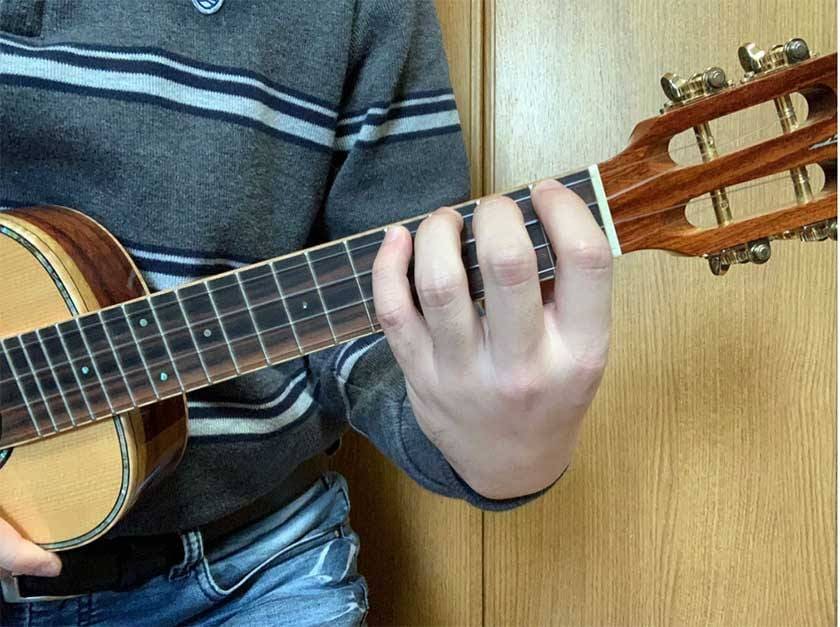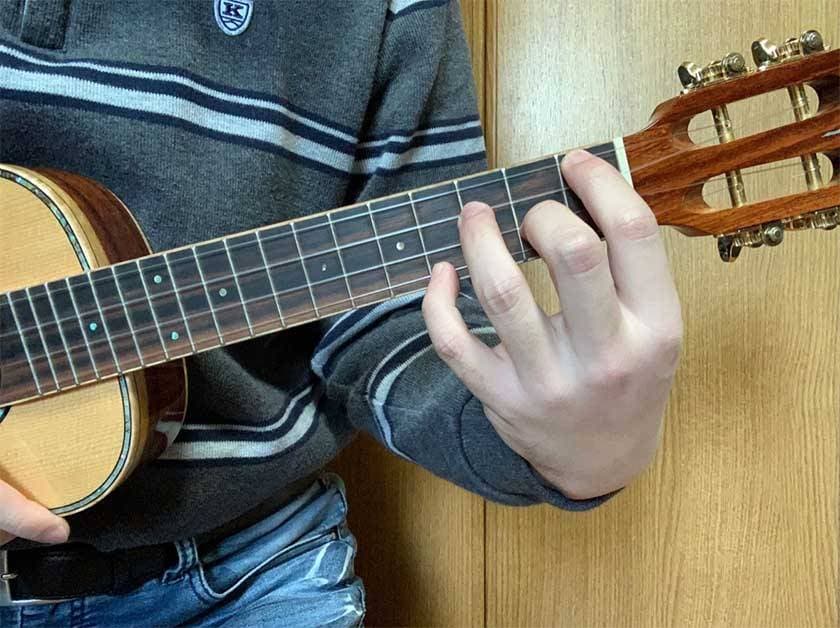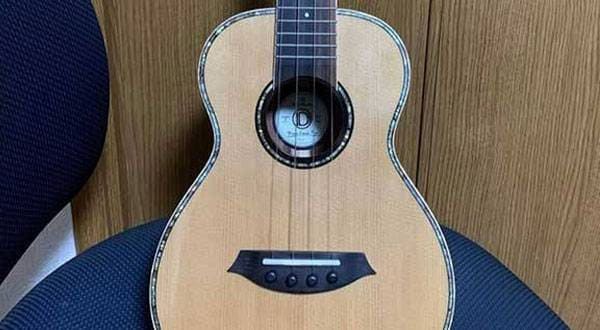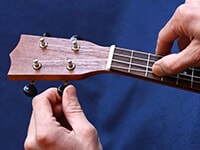Hello, it’s Conservario.
Basic practice... commonly known as basic training.
It’s understood to be important, but many people think it’s boring or don’t fully understand it.
Do you really need to do basic practice? What kind of basic practices are there?
I’ll answer these questions and introduce some representative examples.
■ Do You Have to Practice the Basics in Ukulele?
To get straight to the point:
“If you’re just playing for fun as a hobby, you don’t have to do it. But if you want to try various songs in the future, I recommend doing it. For those aiming to be professional, no questions, you must definitely do it.”
This is my opinion.
Basic practice is not something you absolutely have to do.
You can reach a certain level without doing basic practice.
However, if you skip the basics, you will eventually hit a wall.
When that time comes, you can start adding basic practice to your routine, but if you begin with the basics, your growth will be much smoother.
Let’s try the simplest basic practice together.
○ Chromatic Movement

There’s something called a chromatic scale that moves in half-steps.
This is a basic exercise to practice that movement.
Start with the 1st fret of the 4th string using your index finger, then the 2nd fret with your middle finger, the 3rd fret with your ring finger, and the 4th fret with your pinky, playing them one after the other.
You can play this with your thumb on your right hand.
There are a lot of things to be mindful of in this exercise, but the most important thing is to make sure your fingers don’t make any unnecessary movements. For example, when playing the 4th fret with your pinky, make sure the other three fingers are pressing down the strings.

If the other fingers are floating in the air while your pinky is playing, that’s incorrect.
Once you get used to playing 1-2-3-4 repeatedly on the 4th string, try the same on the 3rd string.
The 3rd string is the thickest string on the ukulele (unless you have a Low-G).
Make sure the sound of your ring finger and pinky is clean.
Once you get used to it on the 3rd string, try it on the 1st and 2nd strings as well.
Once you can smoothly play on all strings, continue playing.
Start from the 1st fret on the 4th string and go up to the 4th fret, then move immediately to the 1st fret on the 3rd string.
Moving between strings can be tricky and cause sound interruptions if you’re not used to it, but keep practicing until you get the hang of it.
After the 3rd string, play the 2nd and 1st strings.
Gradually working towards higher notes is called ‘ascending’.
First, get used to the ascending motion.
The opposite of ascending is called ‘descending’.
Start from the 4th fret on the 1st string and move downward.
Unlike ascending, this involves “releasing the pressed string.”
Again, make sure your fingers don’t make unnecessary movements when releasing the strings.
If you lift the string by even just 1mm, the next note should sound.
Be particularly mindful of whether you’re making any unnecessary movements when pressing or releasing the strings with any finger.
○ Moving Two Strings Simultaneously

This is an exercise to practice moving two strings simultaneously while holding a diagonal shape.
Start by placing your index finger on the 1st fret of the 4th string, middle finger on the 2nd fret of the 3rd string, ring finger on the 3rd fret of the 2nd string, and pinky on the 4th fret of the 1st string, creating a diagonal shape.
Stretch your fingers and make a clean diagonal shape.
You can choose not to use your right hand for this exercise.
However, if you do, use your thumb to strum and check if all four strings sound clean.
Once you’re able to create this shape, change the position.
Move your index finger to the 1st fret of the 4th string, ring finger to the 3rd fret of the 3rd string, middle finger to the 2nd fret of the 2nd string, and pinky to the 4th fret of the 1st string.
This is the opposite of the previous shape.

The key here is to move two strings simultaneously while keeping the other fingers still.
Don’t move the fingers that aren’t involved in the movement.
If you’re having trouble, it’s likely because your fingers aren’t independent, meaning you might be making unnecessary movements in your regular playing.
Get used to moving two strings at the same time.
After flipping the two middle fingers, try flipping the two outer fingers as well.
Continue moving between the inside and outside fingers.
This exercise is to help you learn how to move your fingers independently.
Your goal is to play smoothly, but this is not a fast playing exercise.
There’s no point in moving your fingers wildly, so practice by carefully moving two fingers at a time.
Conclusion
I introduced two recommended basic exercises.
You might wonder if these exercises will make you better, and yes, they will definitely have an effect. However, don’t expect immediate results.
You might not notice any difference after just one or two attempts.
But if you practice a little every day, your fingers will gradually learn to move as you want them to.
There might be people who say they can move their fingers freely without doing basic practice, but I highly recommend everyone try basic exercises once in a while.
You’ll find that songs or phrases you struggled with will become much easier to play. To avoid getting tired of practice, try to incorporate it into your daily routine. Thank you for reading until the end.
The “sound & person” column is made up of contributions from you.
For details about contributing, click here.











![[Enjoy the Ukulele Even More!] Playing, Extending, and Stopping the Sound](/contents/uploads/thumbs/5/2022/2/20220218_5_16781_1.jpg)
![[Enjoy the Ukulele Even More!] Ukulele Condition Check You Should Do](/contents/uploads/thumbs/5/2022/2/20220214_5_16699_1.jpg)
![[Enjoy the Ukulele Even More!] Basic Knowledge Before You Start Playing](/contents/uploads/thumbs/5/2022/2/20220214_5_16700_1.jpg)

![[Enjoy the Ukulele Even More!] Practice that You Can Do Even Without Your Ukulele](/contents/uploads/thumbs/5/2022/1/20220131_5_16448_1.jpg)
![[Enjoy the Ukulele Even More!] How to Apply Vibrato](/contents/uploads/thumbs/5/2022/1/20220131_5_16451_1.jpg)
 ウクレレのチューニング方法
ウクレレのチューニング方法
 ウクレレの各部名称
ウクレレの各部名称
 ウクレレの種類
ウクレレの種類
 ウクレレスタートガイド
ウクレレスタートガイド
 めちゃラク!ギター講座
めちゃラク!ギター講座
 ウクレレ初心者講座
ウクレレ初心者講座















